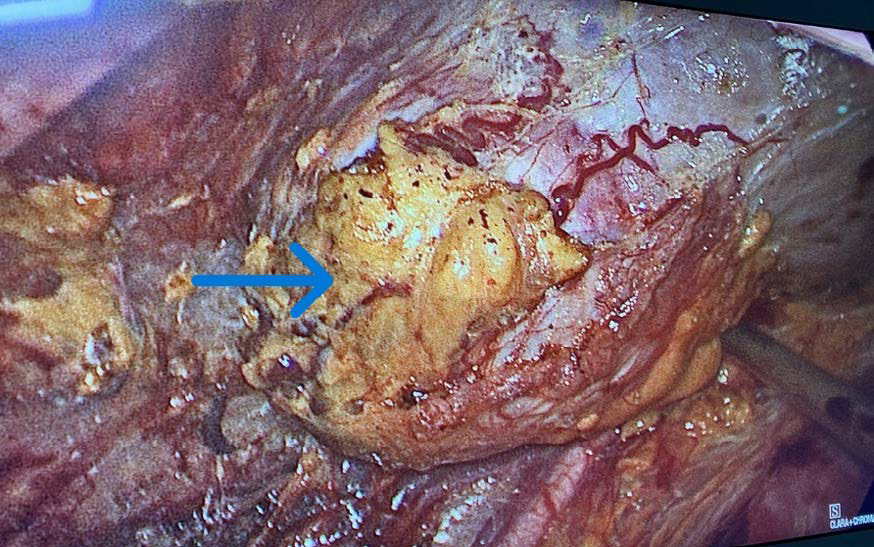Upgrading Submission System
Dear users,
We would like to inform you that we are upgrading our submission system to enhance the user experience.
We apologize for any inconvenience this may cause and assure you that the new submission system will be ready in a few days.
Best regards
Editorial Team
GMR






